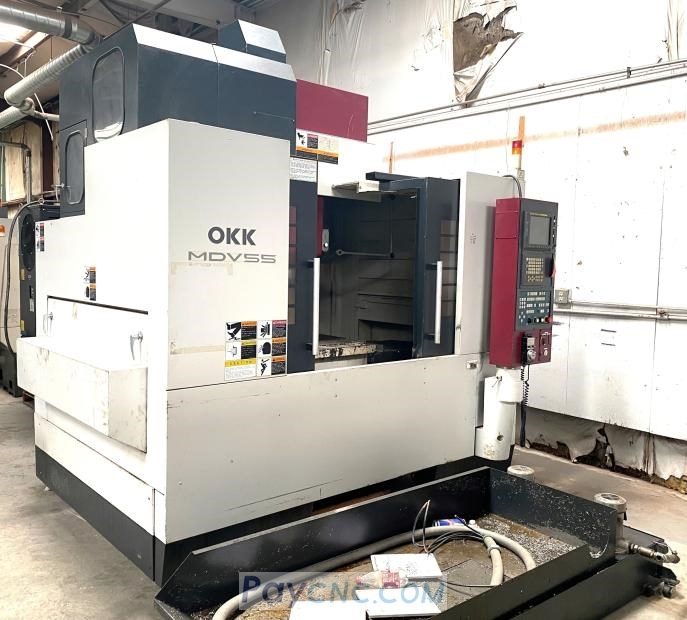The positioning accuracy of a CNC machine tool is an important performance index and a key factor affecting the machining accuracy of workpieces. Many factors influence the accuracy of CNC machines, but the most critical ones are CNC system errors and mechanical transmission errors, with backlash error and leadscrew pitch error being the most significant.

In recent years, various technologies aimed at improving CNC positioning accuracy and reducing positioning errors have been widely studied. The most commonly applied approach is software error compensation, which utilizes the characteristics of the CNC system itself to compensate for errors via software. This paper focuses on the analysis of compensation methods for backlash error and leadscrew pitch error—two major sources affecting positioning accuracy. After compensation, the positioning accuracy of CNC machine tools can be significantly improved.
1. Compensation of Backlash Error
In CNC machine tools, backlash occurs in the feed drive chain of each axis due to dead zones in the driving components (such as servo motors, hydraulic servo motors, and stepper motors) and clearance in kinematic pairs. When the axis changes direction, this dead zone creates backlash, also known as lost motion.
For semi-closed loop servo systems, backlash affects positioning accuracy and repeatability, which in turn impacts product quality. For example, during cutting movements, backlash reduces interpolation accuracy, leading to out-of-round circles or distorted square shapes. During rapid positioning, backlash lowers positioning accuracy, which negatively affects operations like drilling or boring, where positional accuracy between holes is critical.
Furthermore, as the machine runs over time, backlash increases due to wear in kinematic pairs. Therefore, it is necessary to periodically (e.g., every 3 months) measure and compensate for backlash on each axis.
• Measurement methods: Backlash in linear axes can be measured with dial indicators (0.001 mm or 0.01 mm) or, when conditions permit, with a dual-frequency laser interferometer. Care must be taken to minimize measurement error caused by deflection of the indicator stand.
• Procedure: Move the axis in one direction to a reference point, then command the axis forward and backward by the same distance. The difference between the reference and return points is the backlash value. Measurements should be repeated at three locations (mid-travel and both ends), typically seven times each, and the largest average result is taken as the backlash error. Compensation is then applied in the CNC system parameters. For example, in FANUC Oi systems, parameters 0535 (BKLX), 0536 (BKLY), and 0537 (BKLZ) correspond to backlash compensation values for the X, Y, and Z axes.
Example test program:
N10 G01 W10 F800 ;
N20 W15 ;
N30 W1 ;
N40 W-1 ;
N50 M30 ;
2. Leadscrew Pitch Error Compensation
Pitch error compensation begins with accurate measurement. To ensure precision, high-accuracy instruments such as a laser interferometer should be used after machine geometric accuracy (bed leveling, parallelism, perpendicularity, etc.) has been adjusted.
Before measurement, any existing pitch error compensation values in the CNC system must be cleared or disabled to avoid affecting results.
(1) Automatic measurement and compensation method
Automatic systems consist of six parts: CNC machine tool, dual-frequency laser interferometer, error measurement interface, error compensation interface, computer, and printer.
• The interferometer measures errors.
• The computer (running compensation software) processes measurement data and sends correction signals via the compensation interface to the CNC control.
• As the axis moves at fixed intervals, the computer samples measurement data and issues compensation commands at each compensation point until the end of travel.
Measurement procedure:
1. Mount the laser interferometer alongside the worktable and establish an initial reference distance.
2. Move the table in equal increments using CNC commands across the travel range.
3. Record the deviations between commanded positions and actual measured positions.
4. Repeat the process at least three times, calculate average errors, and plot an error curve.
5. Analyze the data according to standards (VDI3441, JIS6330, GB10931-1989, etc.), apply compensation, and remeasure until the machine meets accuracy requirements.
• Example (FANUC Oi pitch error compensation):
Suppose the machine’s mechanical travel is –400 mm to +800 mm, with the reference point at 0 mm. If parameter 3620 = 40 sets the reference compensation point, and the compensation interval is 50 mm (parameter 3624 = 50000) with a scale factor of 1 (parameter 3623 = 1), then:
• The farthest negative travel compensation point = 40 – (400 ÷ 50) + 1 = 33.
• The farthest positive travel compensation point = 40 + (800 ÷ 50) = 56.
When many measurement points are involved, manual entry is inefficient and error-prone. In such cases, dedicated communication software (e.g., Siemens WINPCIN) can be used to export, edit, and re-upload pitch error compensation data to the CNC system. |


